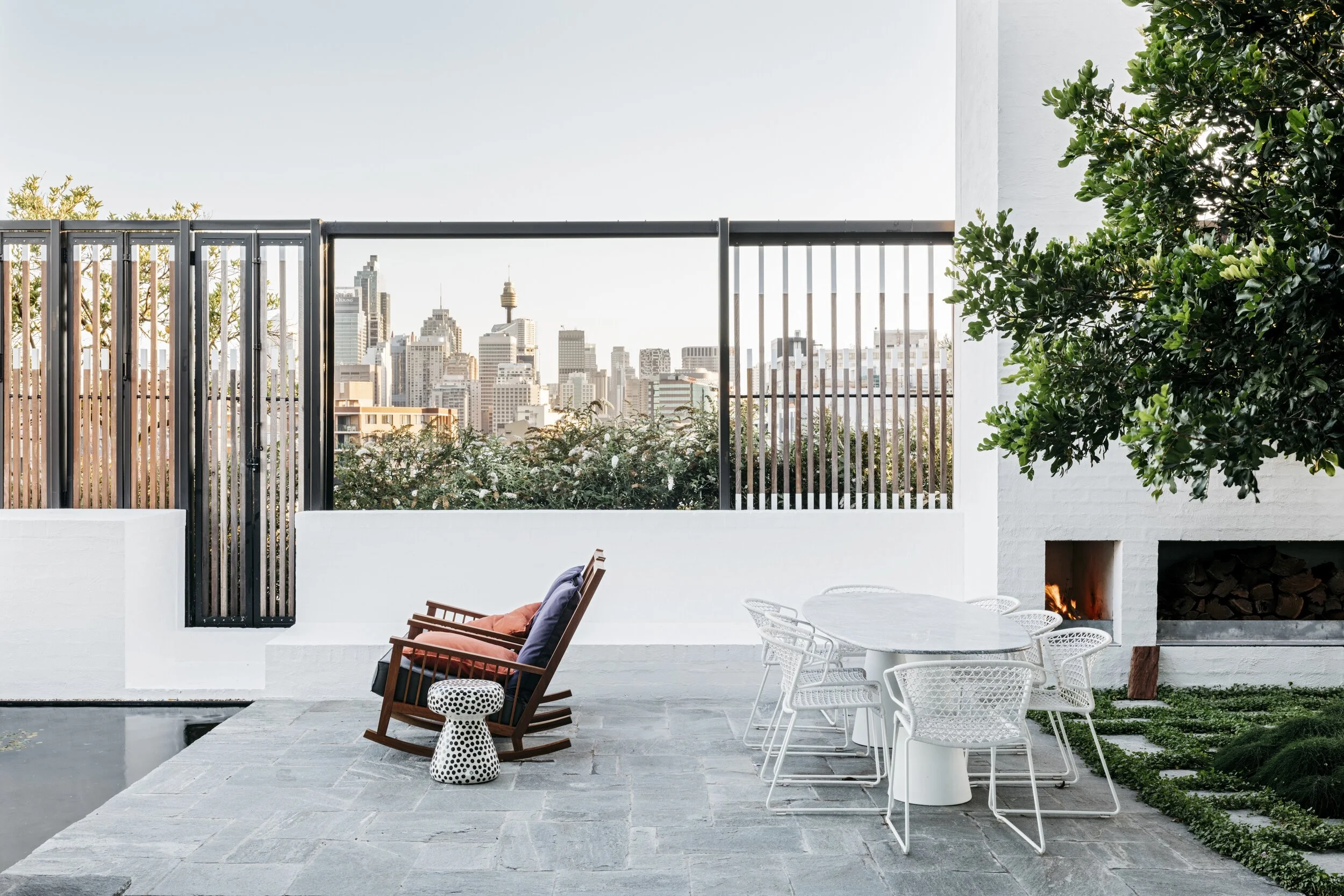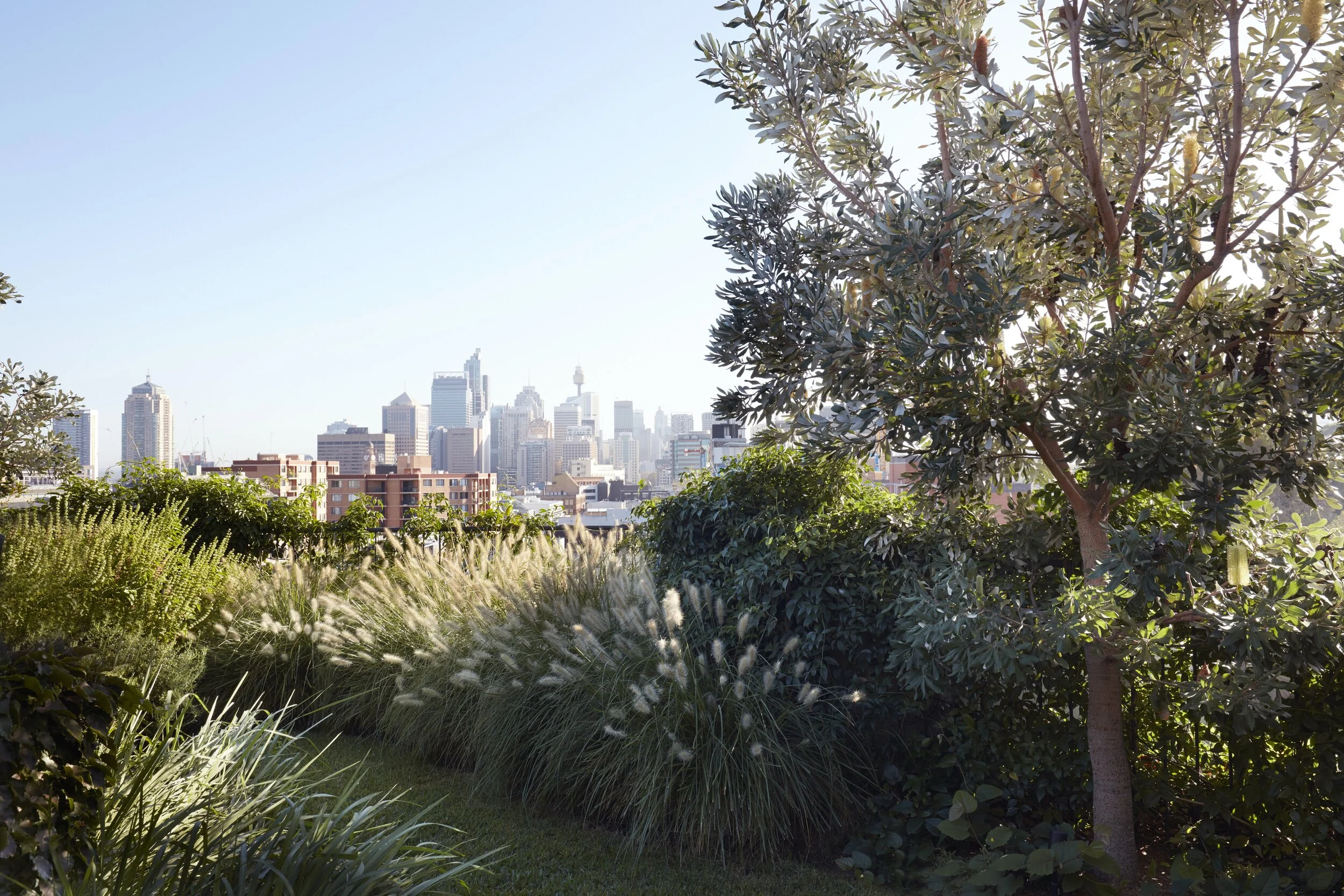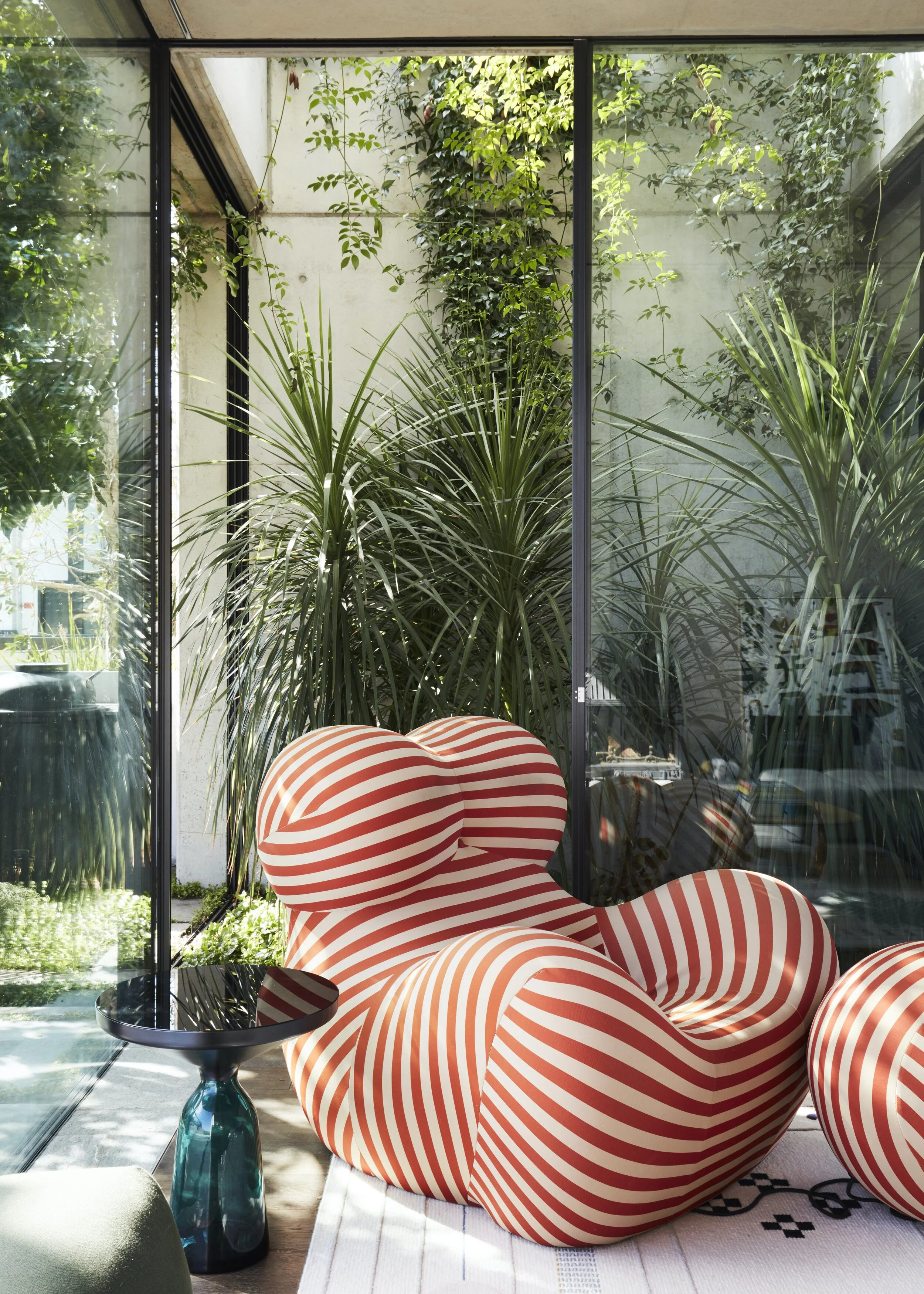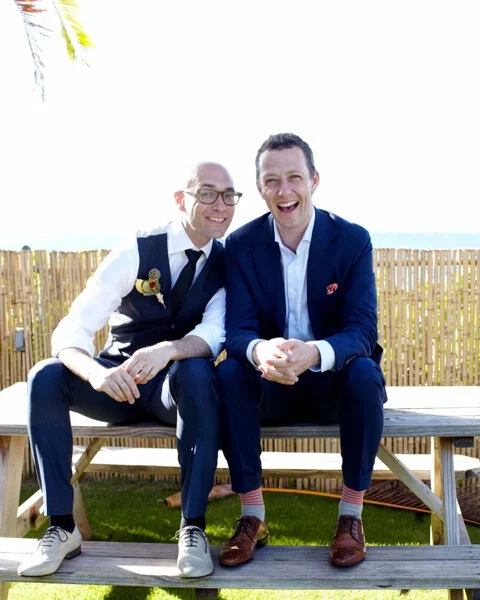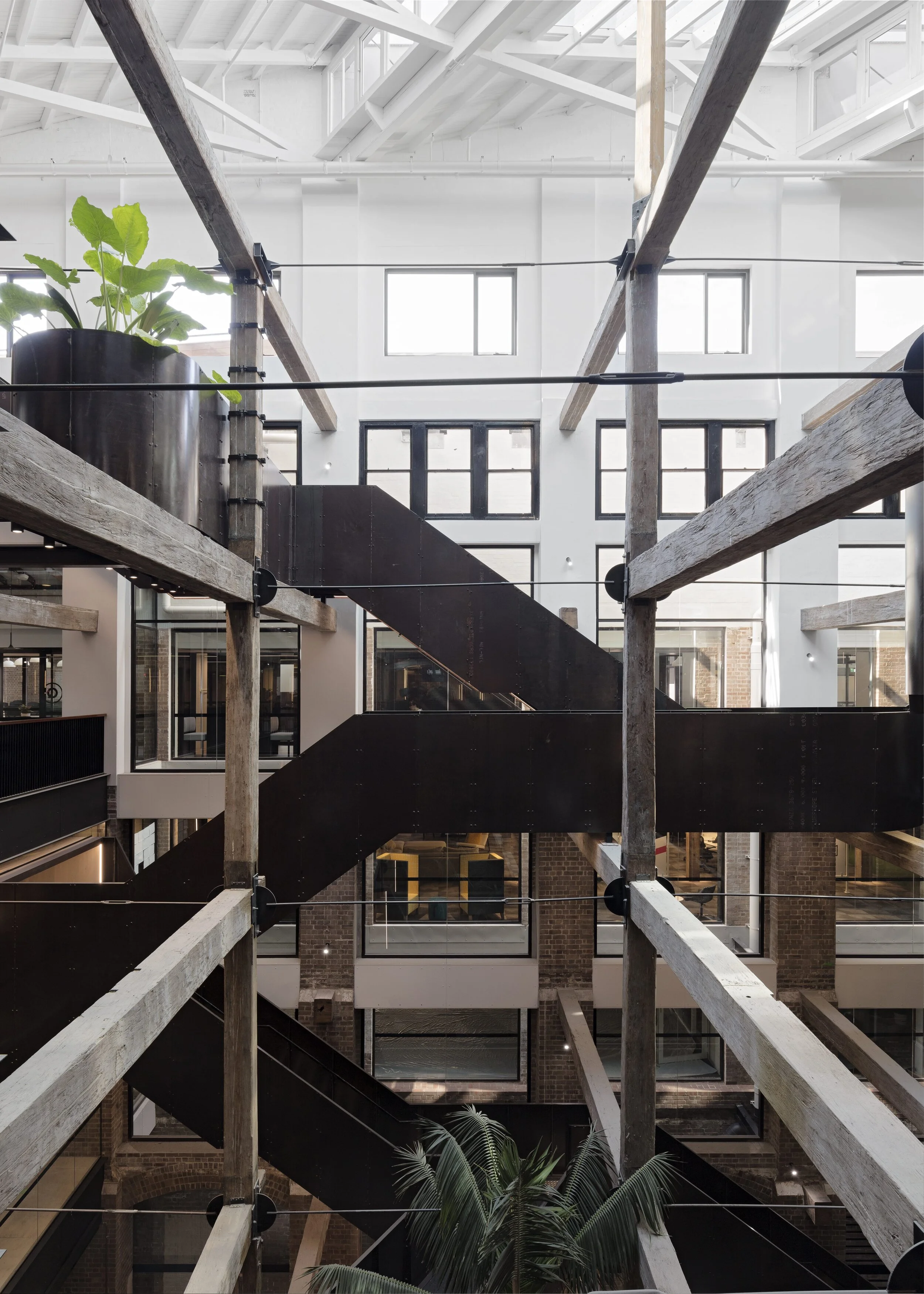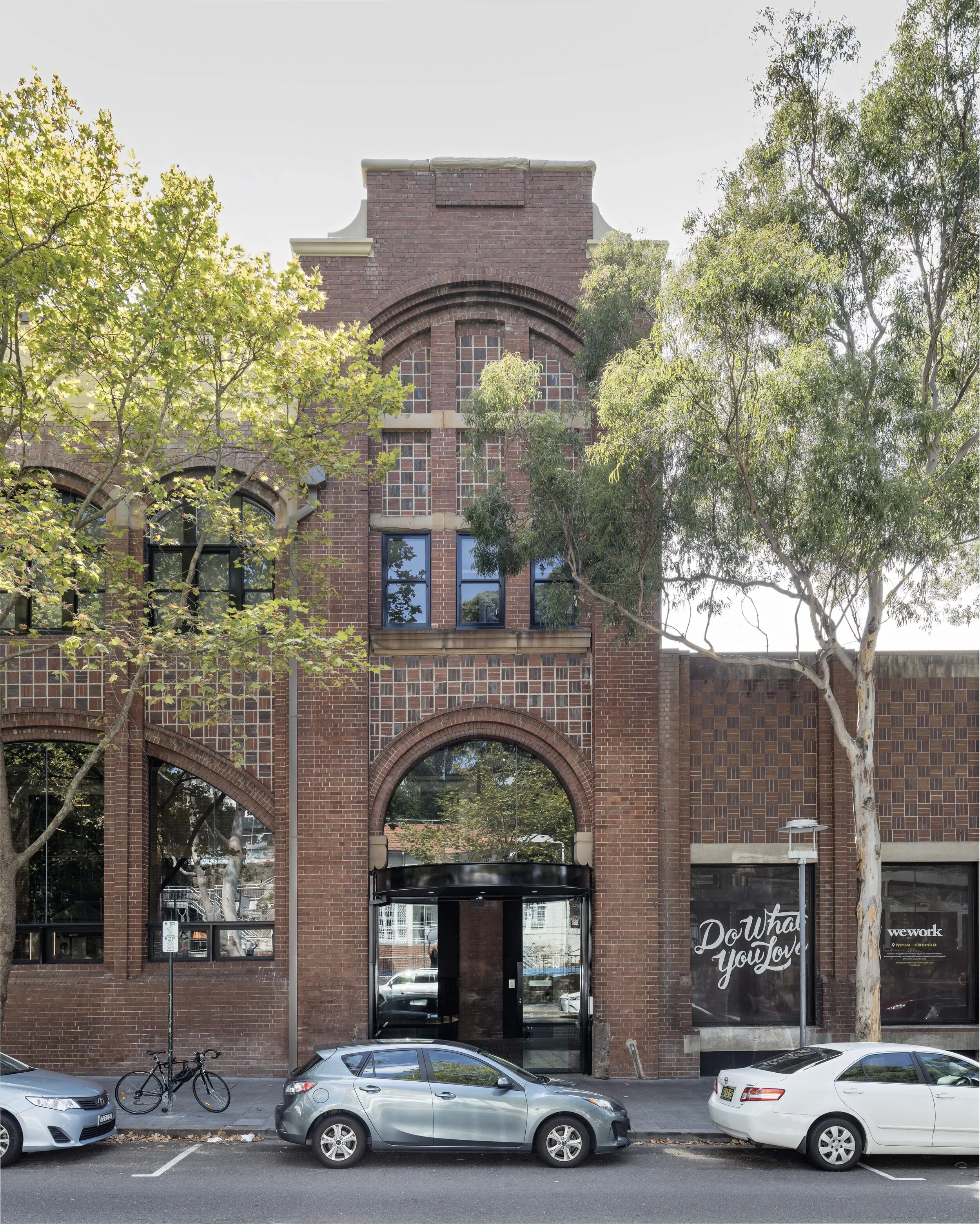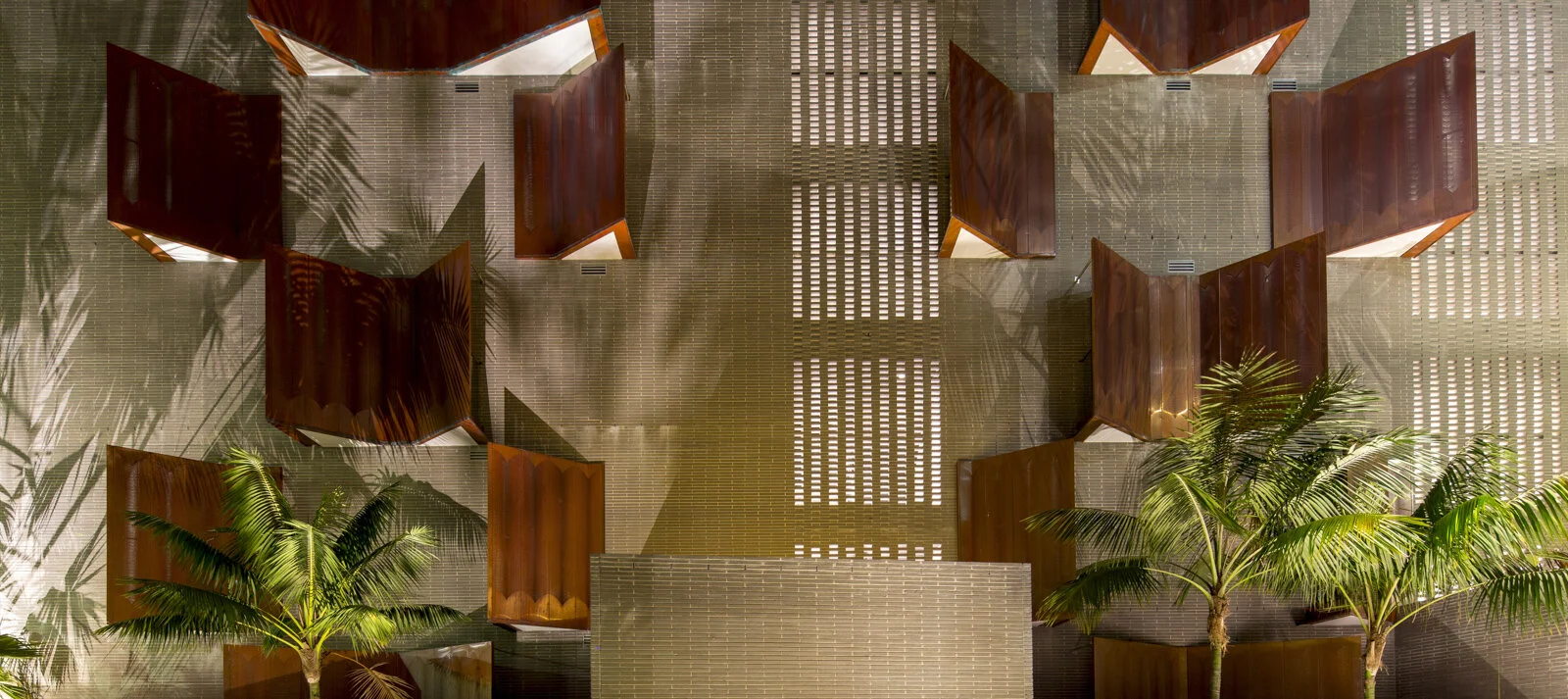Adam Haddow
Architect, optimist
Interview by Janne Ryan | Photography by Brett Boardman, felix forest, Prue Roscoe
Driven by a passion for making things, hard work and persistence, award-winning Australian architect Adam Haddow predicts our cities will pivot post COVID-19 towards living locally. In response to this shift, he hopes we will learn to value the mindset of custodianship of the land, rather than individual gain. As Principal Director, SJB, Adam is at the coalface of shaping our new world.
How will the built form change in response to COVID-19?
Our built environment will change, cities will pivot, although the degree of pivot is still being revealed. Social shifts will happen across our cities and towns and the built form will rise to respond. Most definitely we will value open space more, and homes will embrace openness and cellularity in equal measure. We will value the workplace more, although we will work from it less. The work place will come to be loved as a place of engagement and ideas, rather than a place of strictness and rote. We will still partake in activities and work in the centre of the city, but we will do it less and will invest more in the communities close to where we live.
A rooftop apartment designed by Adam Haddow in Redfern Sydney, where he lives with husband Mike. Photo: Felix Forest
Why did you become an architect?
I always wanted to be an architect, I truly can’t remember ever wanting to do anything else. My parents built the house I grew up in outside Ararat (in regional Victoria). Dad originally trained as a plumber before becoming a high school teacher and the family moving from Melbourne. He’s incredibly handy, one of those ‘can do anything’ types. For the first few years, there was no floor in the lounge room. There was always a ‘challenge’ at the house – how to do more with less.
Cleveland Rooftop by Adam Haddow. Photo: Prue Roscoe
Your first lucky break?
My lucky break was my family. They instilled in me a belief of ‘you can do anything’. My uncle, also a teacher, knew an architect in the nearby town of Shepperton. He suggested I apply for work experience with this firm when I was in Year 9 at Ararat High School. I did, and the rest is history. Luck is the result of hard work and persistence.
Cleveland Rooftop, Adam & Mike’s home in Redfern, Sydney. Photo: Prue Roscoe
Where do you live, and why?
Work is in Surry Hills, home is in Redfern, Sydney. I joke that my physical footprint in Sydney is smaller than when I lived in Ararat – I literally walk everywhere I need to go. I rarely leave my walkable bubble, or get into a car. It’s fantastic, but the inner city tends to be groups of likeminded people, who share a lot in common. In a way it seems there isn’t a great deal of diversity in that – but there is diversity, you just need to try and expose yourself to it.
Casba, a mixed-use development by SJB based on the Moroccan central courtyard. Photo: Brett Boardman
The Architect’s Bookshop closes in June 2020: why did you start it?
Adam and husband Mike. Photo: Katie Kaars
I was completely dismayed when the NSW Institute of Architects closed their bookstore in 2017. The physical space there was the centre of Sydney’s architecture community. I’d just come back to Sydney after a gap-year travelling around the world with Mike – so I had a lot of dreams and energy, and just jumped in. We took on a two-year lease in a great building, very close to my work, and together we started the bookstore. Just like that really. People feel like they’re a part of something bigger. We love the bookshop and are proud of the community that has grown to support it, but with uncertain times ahead we decided to permanently close the bookshop. Our last day of trading will be 20 June 2020.
What is it to be part of something bigger?
Most people see themselves as consumers of the city, rather than custodians of it. This is a challenge in a city like Sydney, which, from the first day of colonial occupation, has been a real estate ‘play’ – a means to build wealth. Perhaps in the next hundred years, as a society, we could swing the pendulum back towards the Aboriginal idea of custodianship and ‘collective wealth’, as opposed to individual gain. I am not anti-capitalism, I’m just looking for a better balance.
From heritage wool-store to co-working hub; SJB’s award-winning revival of 100 Harris Street, Ultimo, Sydney. Photo: Felix Forest
The power of books and reading?
Reading is in equal parts information and imagination. Architectural publications are windows into the souls of cultures. I might sound old fashioned, but I think that the publication – the physical book itself – plays a role in the understanding of place. The way the author and publisher curate the experience, the paper stock, the quality of images, how the book is bound – these all contribute to a richer understanding.
The brickwork tapestry at 100 Harris Street, Ultimo. Photo: Felix Forest
How do you work? What are your goals?
I don’t have goals. I have ambition. To enjoy my work, to enjoy the company of others, to make things that resonate with me, to laugh, and to be serious about the role of making a mark on our landscape. The work of an architect is important, but it should be done with modesty. Above all, I try to work towards achieving a mindset of custodianship.
How do you stay focused?
This is not one of my strengths. Working through boredom and fatigue is hard. To be interested and passionate about something when everything and everyone around you is robbing you of that energy, is tough. I approach this challenge by enjoying the small things. The joy in the way a line works on a page can be enough to snap me back into a project!
City texture and tempo, Foveaux Street apartments by SJB. Photo: Brett Boardman
Do you take risks?
I’m not a big risk taker. I prefer small steps. Every project is a risk. I’m incredibly hard on myself. I rarely celebrate my achievements, and am rarely satisfied with a finished building. It is a work in progress.
Game-changer realisation?
To trust my instinct and intuition. Geometry, form and scale can be found through drawing and making – there doesn’t always need to be an answer as to why. It has has taken me a while to recognise that beauty, joy and delight should be valued and pursued.
Copper window screens at Wylde Street Apartments by SJB. Photo: Brett Boardman
Biggest challenge?
Letting people down keeps me up at night. Leading a practice is a huge responsibility to colleagues, clients and communities.
Your dream job?
I’ve always liked making things, my design process is always best when I make models in parallel with drawings. I would love to make a building where there are no drawings, where you just build. Being full-time on site, in collaboration with a builder. Complete bliss!
Harbour House in Sydney by SJB. Photo: Brett Boardman
Where to from here?
I don’t really ask this question; it invites too much existentialism. Daily growth and observation is much more important. Being too goal-focused stops you appreciating the small things, the day-to-day. There is no goal, just an understanding of moments and conditions where I am at my best. I try to savour these.


